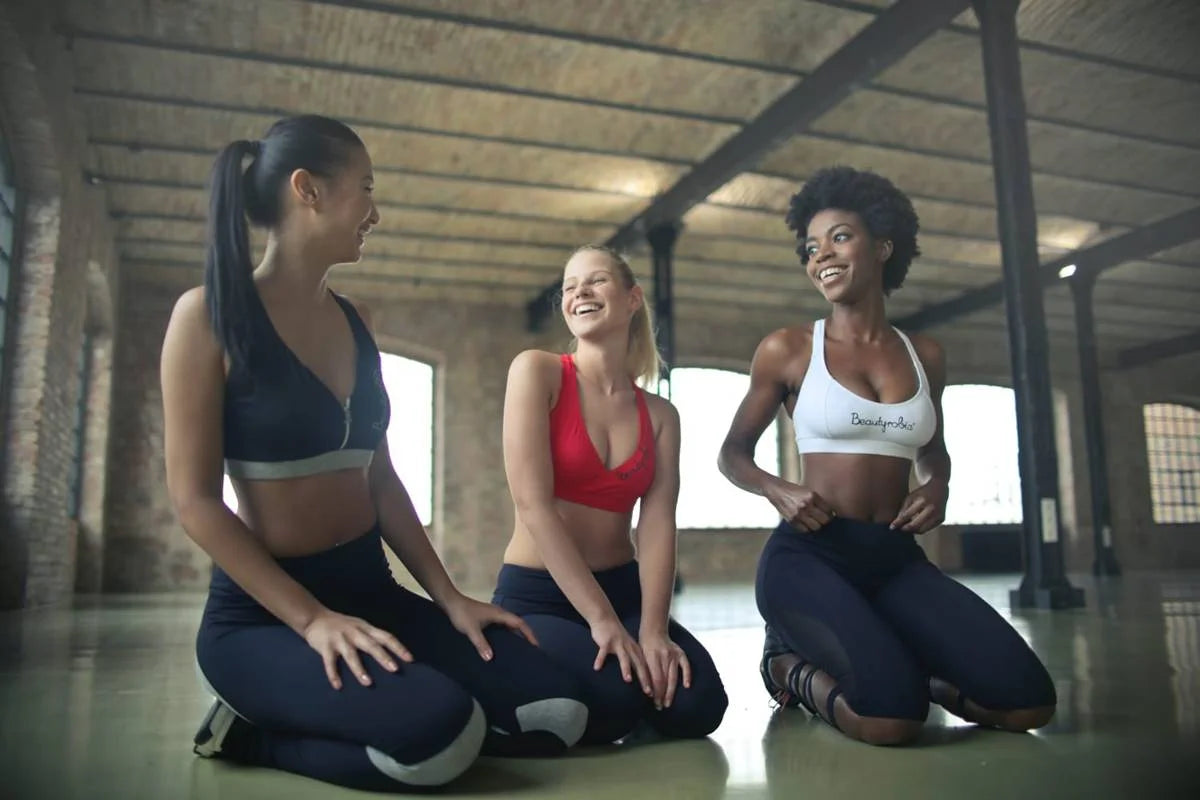Yoga are the same for both men and women, there may be some differences in how certain poses are approached or modified based on individual anatomy, flexibility, and fitness levels. However, these differences are more about individual variations rather than gender-specific distinctions. Here are some considerations regarding yoga practice for men and women:
-
Physical Differences: Men and women may have different body proportions, muscle mass, flexibility, and strength levels, which can affect how they approach certain yoga poses. For example, men may have tighter hips or hamstrings, while women may have greater flexibility in certain areas such as the lower back or hips.
-
Emphasis on Strength vs. Flexibility: Traditionally, men are often encouraged to focus on building strength and muscle mass, while women may be encouraged to prioritize flexibility and mobility. However, yoga practice can benefit both men and women by improving strength, flexibility, balance, and overall body awareness.
-
Modifications and Variations: In a mixed-gender yoga class, instructors may offer modifications or variations of poses to accommodate different body types, abilities, and levels of experience. For example, men with tight hips may use props such as blocks or straps to support their practice, while women with hypermobility may focus on stability and alignment.
-
Mind-Body Connection: Both men and women can benefit from the mind-body connection fostered by yoga practice, regardless of gender. Yoga encourages practitioners to cultivate greater self-awareness, mindfulness, and emotional well-being, which are important for overall health and vitality.
-
Cultural Perceptions and Stereotypes: In some cultures, there may be certain stereotypes or perceptions associated with yoga and gender roles. However, it's important to recognize that yoga is for everyone, regardless of gender, age, body type, or fitness level. The practice of yoga is inclusive and adaptable to individual needs and preferences.
-
Personal Preferences: Ultimately, the practice of yoga is a personal journey, and individuals are encouraged to explore different styles, teachers, and approaches to find what resonates with them. Whether practicing in a group setting or at home, men and women can customize their yoga practice to suit their goals, preferences, and unique bodies.
Overall, while there may be some differences in how men and women approach yoga practice based on individual factors, the underlying principles of yoga remain the same: to cultivate greater awareness, balance, and harmony in body, mind, and spirit. Regardless of gender, yoga offers a transformative path to health, well-being, and self-discovery for all practitioners.




















